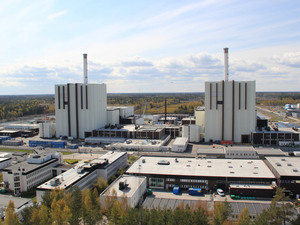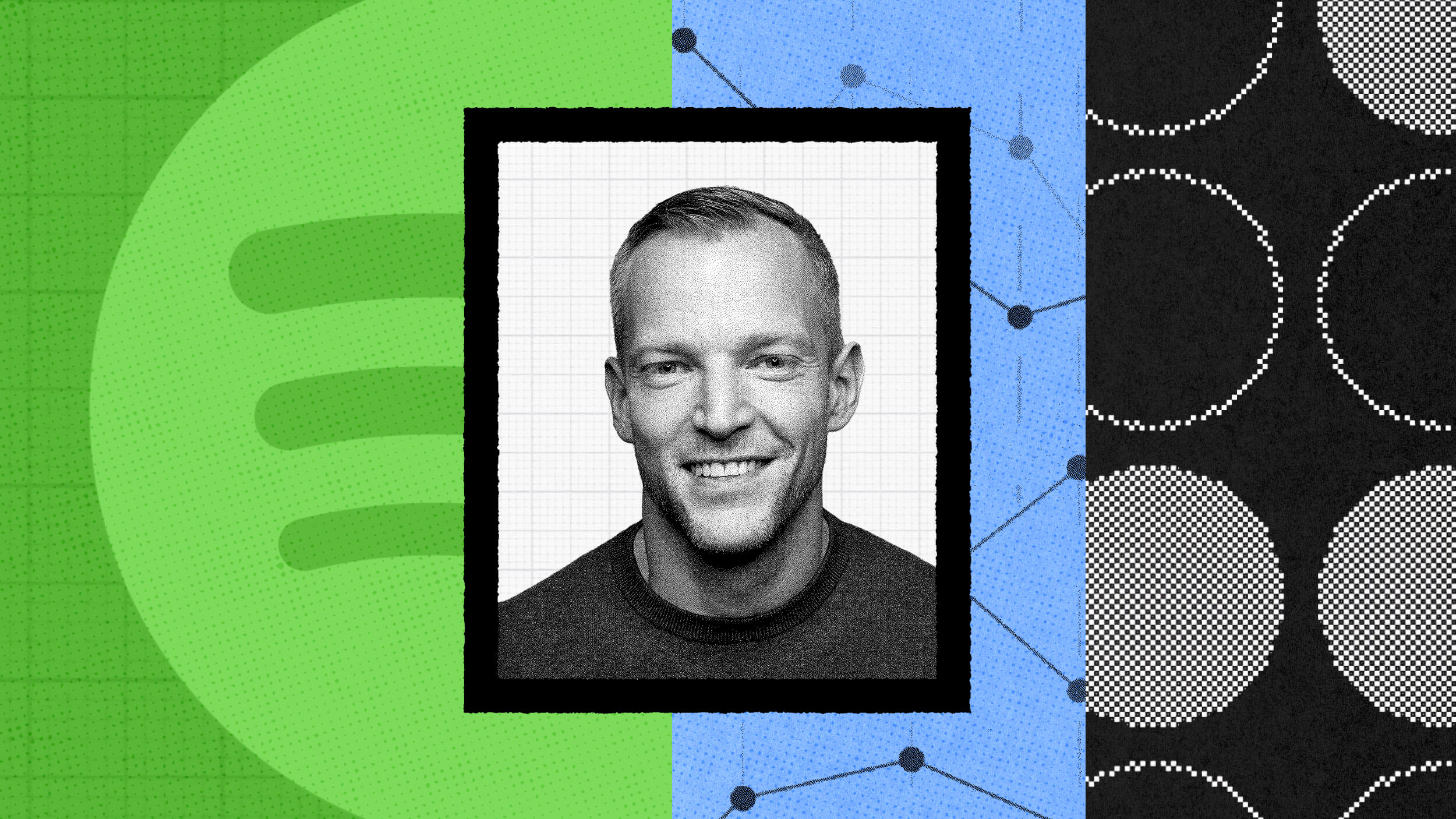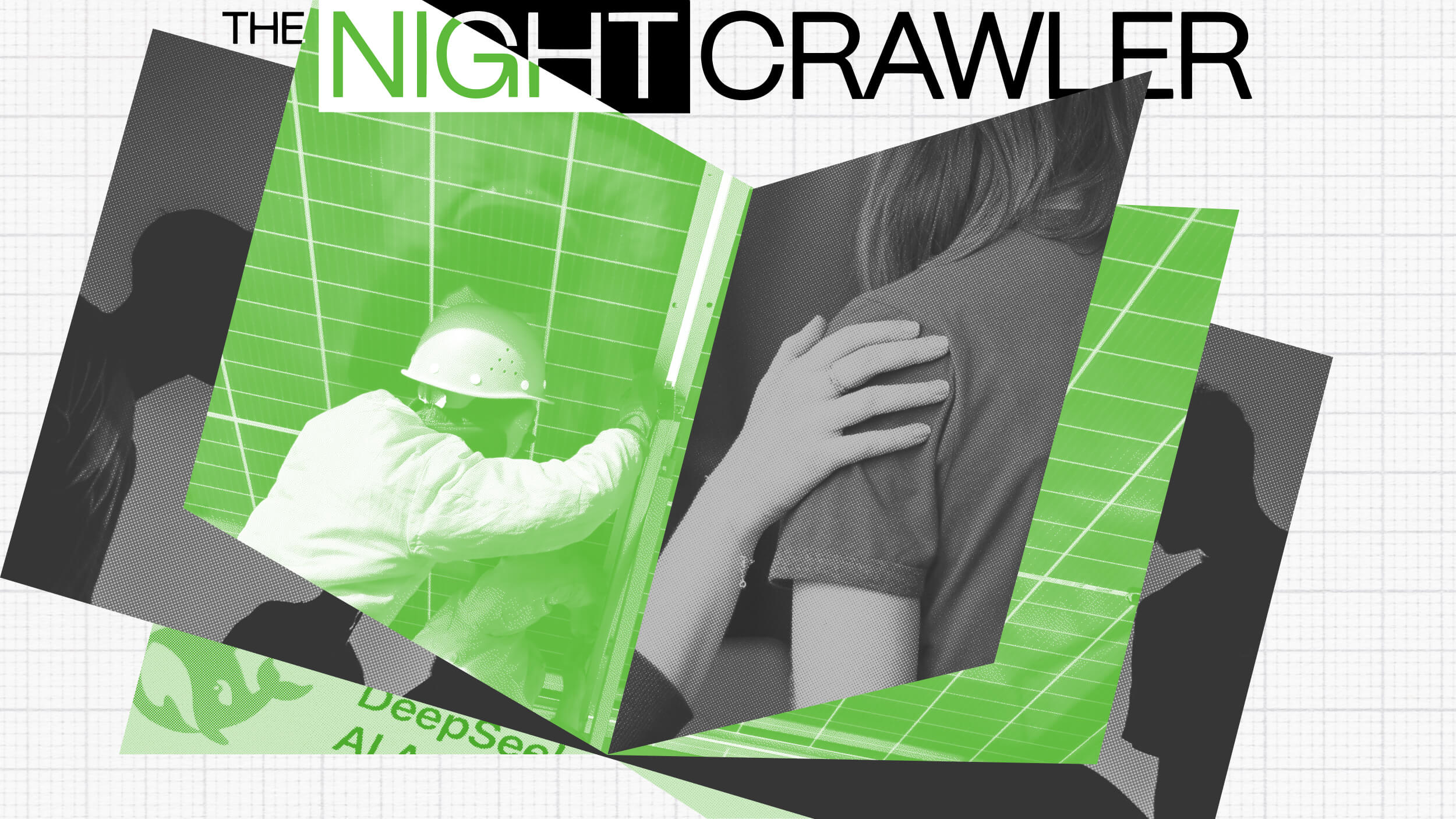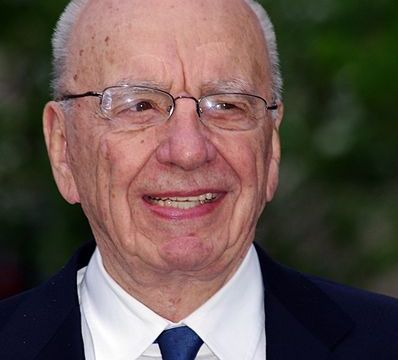In Sweden, Engagement Strategies for Overcoming NIMBYism on Nuclear Waste

As KQED’s Climate Watch team reported this week at NPR, the 103 nuclear reactors in the United States power the equivalent of 3 million households. Since 1982, these nuclear energy customers have paid $34 billion into a federal fund for moving the waste to a permanent disposal site — a destination still unknown after the Obama administration scrapped plans for Yucca Mountain. In the meantime, 65,000 tons of nuclear waste piles up in storage at nuclear power plants.
In a follow up story, KQED spotlighted the case of Sweden and how the nuclear industry there has attempted to overcome the Not-In-My-Backyard orientation of communities to developing storage sites. Importantly, industry did not adopt a stance that resistance was a matter of irrationally and illiteracy and that opposition could be overcome through a public information campaign.
Instead, they recognized the need for long-term investment in relationship building, dialogue and trust building, but also the need to make clear the economic benefits that could be gained by a community willing to accept the development of a nuclear waste storage center. It also took community leaders who could negotiate what was in the best interest of their community.
The lesson? Building relationships and trust with stakeholders and showing those same stakeholders the tangible benefits of proposed action, those are the major keys to progress on issues ranging from nuclear waste to climate change.
Here are the excerpts from the story, which you can also listen to online.
Like many countries, Sweden has had its share of political meltdowns over nuclear power. Protests stirred an uproar in the early 1980s when the Swedish nuclear industry simply decided where to begin testing for a possible geologic disposal site.
But today, instead of deflecting protesters, the nuclear industry shuttles visitors by the busloads for guided tours of facilities. More than 1,100 feet below the surface, exotic machinery and copper tubes wide enough to fit two men fill an underground cavern carved from crystalline bedrock….
….
So how did nuclear waste in Sweden go from a toxic topic to a field trip? People in the area said the industry needed to start over with things like public participation, a transparent, predictable process and trust. The industry took these lessons to heart.
“We know that we have to meet people and communicate what we want to do, why we want to do it and how we will find a place for it,” says Inger Nordholm, a spokeswoman for the Swedish Nuclear Fuel and Waste Management Company, or SKB.
Initially, company officials spent a lot of time just having coffee with people, explaining their plans. Then they began focusing on towns with stable geology, but also places where the people were used to living near nuclear power plants.
Oskarshamn was one of two communities in eastern Sweden that stepped forward after nuclear waste officials asked for volunteers willing to let them start geologic testing. Charlotte Lilliemark, who lives about 12 miles north of the town, was just the kind of person a nuclear power executive would want to avoid.
The former Stockholmer moved to the country to raise dressage horses and didn’t want a waste dump anywhere near her.
“I couldn’t see anything that was positive,” she says. But then local government officials asked her to lead a community advisory group. She says they told her: “We think you could contribute to the work — we need to open all the questions and be clear and transparent, and we want you to participate if you want to.”
And she did.
Over coffee in the kitchen with her daughter, Lilliemark says she has spent 10 years studying the issues and advocating for her community. In the end, her community wasn’t selected for the repository but through her involvement with the issue, Lilliemark says she learned a lot about the risks of not dealing with the used fuel. And it changed her thinking.
“I can’t just close my eyes and imagine that the fuel is not here, because it is,” she says….
….
This spring, Swedish nuclear officials applied for a licensing application to build a geologic vault in the municipality of Osthammar, about a two-hour drive north of Stockholm. If they get it, the facility could open in 2025.
“We believe that it will not create a stigma, but on the other hand create an interest in how to solve this very difficult issue that people in Japan and California and Germany must solve in one way or another,” says Jacob Spangenberg, the mayor of Osthammar.
The community will see some financial benefits: Besides new jobs and infrastructure, Osthammar negotiated a deal with the company to receive approximately $80 million for long-term economic development if the repository is approved.
Already the community gets money from a national waste fund to help it chart an independent course. It has retained technical consultants and hired five full-time employees. Spangenberg says Osthammar learned how to ask tough questions, press for conditions and also to keep cool.
See also:
Nisbet, M.C. & Scheufele, D.A. (2009). What’s Next for Science Communication? Promising Directions and Lingering Distractions. American Journal of Botany, 96 (10), 1767-1778. (PDF).





